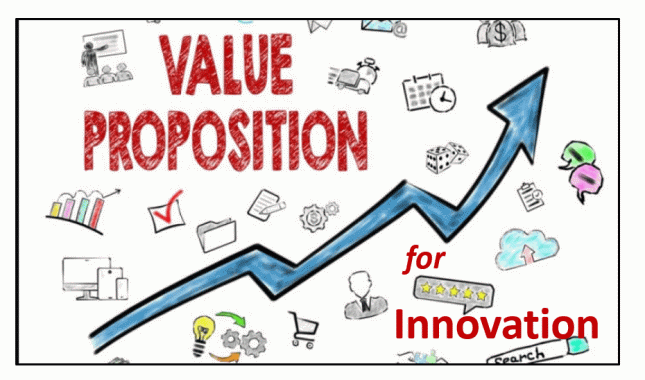 As we enter 2019 I always like to take a day or so, to reflect and think about what I should be focusing upon in the next year, around innovation. What has influenced me in 2018 and what I feel is shaping my thinking going into 2019?
As we enter 2019 I always like to take a day or so, to reflect and think about what I should be focusing upon in the next year, around innovation. What has influenced me in 2018 and what I feel is shaping my thinking going into 2019?
I can honestly say, it never fully works out as the year progresses, there are distractions, subjects that attract my eye, hold my attention or simply ones become bigger in my wish to pursue as important to understand or become more focused upon.
Innovation is constantly shifting in customer needs and issues to absorb, relate too, build into our thinking, in a world where many within the business community are “time-starved, often knowledge poor” I look to help them on different innovation insights.
What about you? Here are my thoughts coming from 2018 that are leading me into 2019
Firstly in the year just closing I have been taking a look back at what I wrote about in 2018.Digital and innovation dominate.
On this site paul4innovating, I wrote 34 posts, a drop on past years, but increasingly with the shift into the constant integrating of digital into all things innovation, continuing as the emerging trend and theme, I seemed to spend the most time upon. On my other main site focusing specifically on ecosystems and platform related work, I wrote 25 posts.
Also in this year I began to put some fresh life on two new posting sites, one focusing specifically on coaching and mentoring “guide4innovating” and the other “connecting digital and innovation” looking more at the critical part of digital and innovation that is forming most of my posting and researching work in recent months to break it out. My one other continues a very tortuous journey of building the dynamics when linked, become the connecting points in building innovation in the needed capacity, capability, and competence, that I term the pursuit of “innovation fitness dynamics“
Why do I run so many posting sites? Continue reading “Entering 2019 – What Do Each of Us Need to Focus Upon?”









